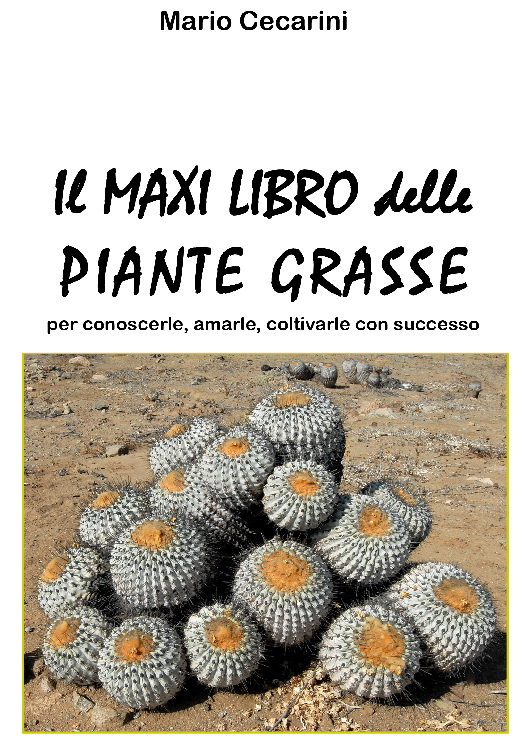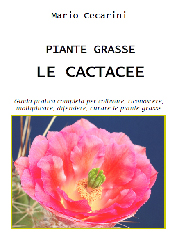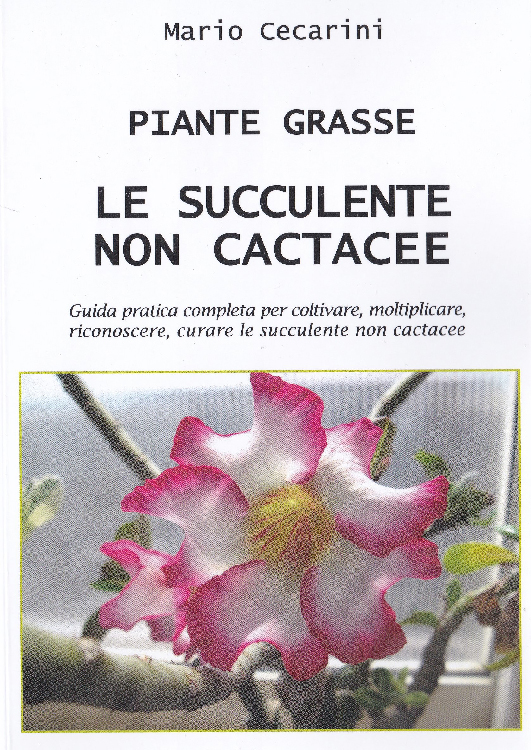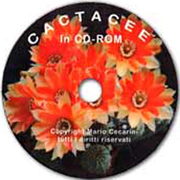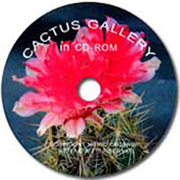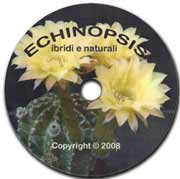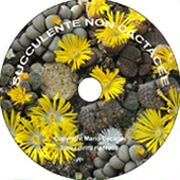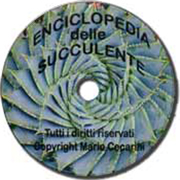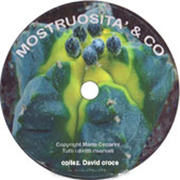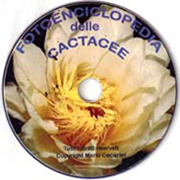Habitat: nearly all the species are from South Africa.
Description: a family of dicotyledonous, herbaceous plants. The leaves are normally opposite, palmate-veined, sometimes covered in soft hairs. The pentamerous, hermaphrodite flowers are usually borne in inflorescences. The seeds are pendulous with a curved embryo. The caulescent species are Pelargonium barhlyi and P. ensatum = oblungatum.
Soil: they need sharp drainage and soil composed of 3/4 of garden soil, 1/4 of non-calcareous coarse sand or volcanic grit or pumice, pH 6.5. Young specimens can also be grown in peaty soil but care should be taken not to let it become dry.
Location: provide good light and ventilation all year round.
Temperature: as for overwintering they can be treated like cacti (5-6°C/41-43°F the minimum) although succulent species are more delicate (10°C/50°F).
Water: stop when plants start shedding leaves and keep them dry during rest.
Cultivation tips: normally the new growth appears either in the autumn-winter or later in the winter-spring period so watering should be scheduled accordingly. Do not overwater as they are prone to rot. These plants might be grown in bonsai containers or clay pots. They can be raised from seed though germinating them is troublesome; for example it takes at least three months for seeds of Pelargonium hirtum to sprout, nearly five years for P. ovale. Make sure the seeds are fresh and have not been attacked by mildew and scarify before sowing.
Main genera of Geraniaceae: Pelargonium, Sarcocaulon (subgenus of Monsonia). The Sarcocaulon subgenus shows stem succulence.




